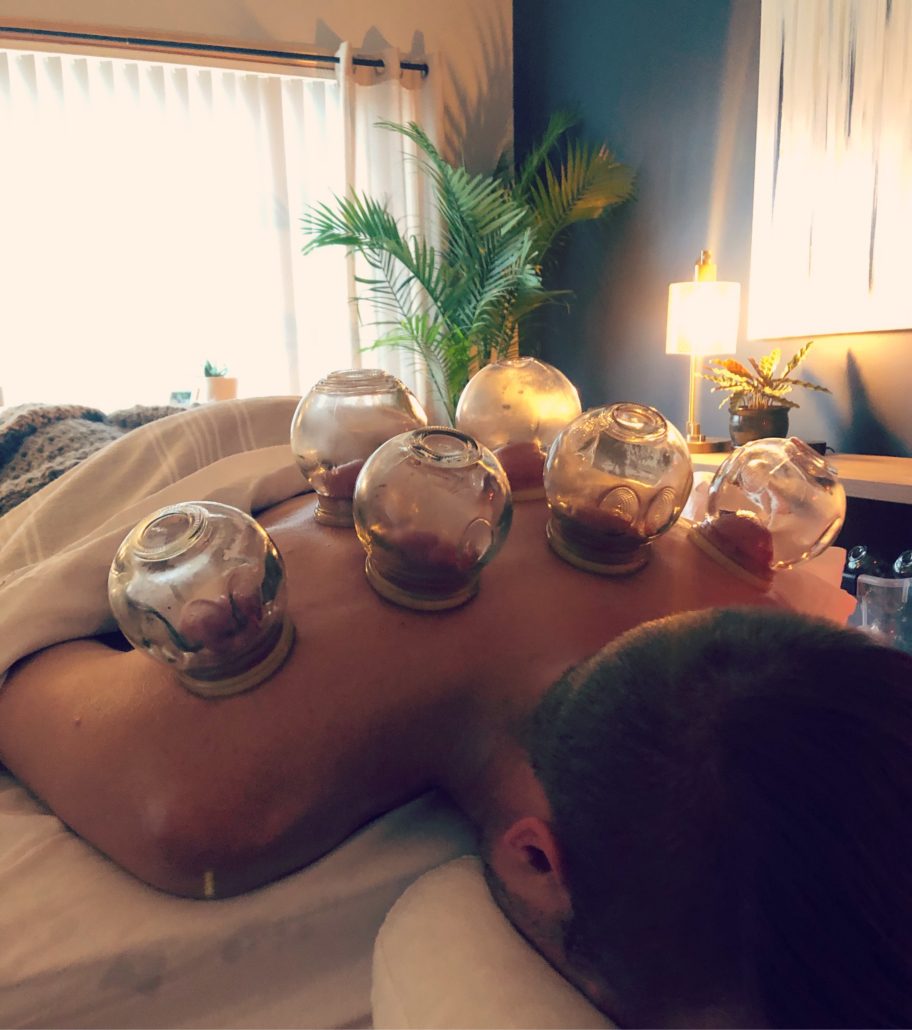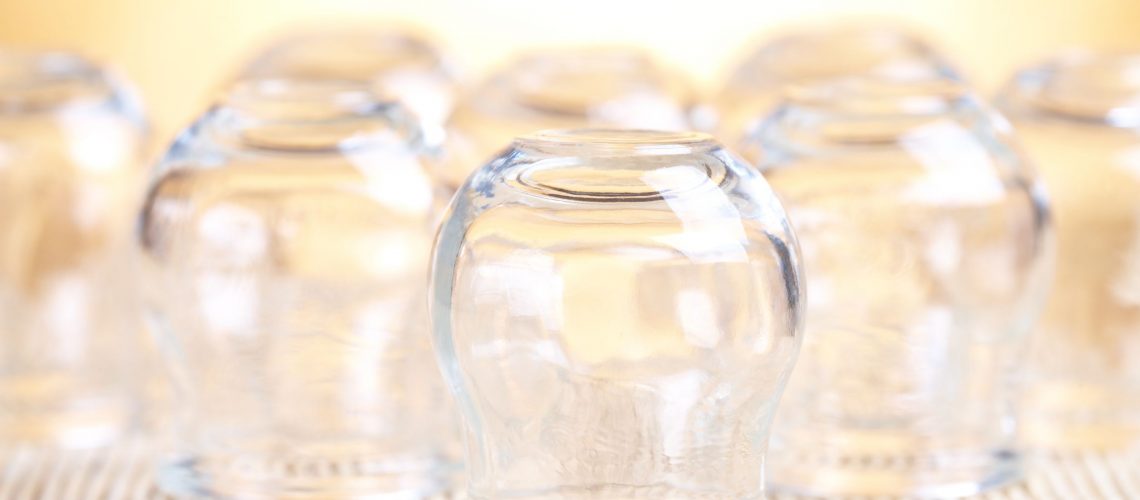Cupping- What a hot topic. This quick read addresses the history, common effects on the human body, and who should try it. Enjoy!
The History Lesson
Cupping therapy is insanely old. So, so old- like found in silken-printed-books-inside-tombs-of-the-Han-dynasty, old. The exact point of origin is heavily debated because it dates so far back into Ancient Egyptian and Chinese cultures. Either way- cupping originated to manage an array of medical conditions, most notably being respiratory (lung) and integumentary (skin) conditions.
Commonly used materials for “cups” include: bamboo cylinders, horns from animals, metal cones, glass orbs, or earthenware.
An open flame was used to create suction within these single-opening vessels and stick ’em right on the areas of complaint, and *POP*, cupping was born.
What Happens to the Body
“What are those marks?!”- a common question when someone sees your cup marks for the first time. Well, those marks display the effect of negative pressure on the soft tissues of the body. This causes capillaries below the skin to break increasing new blood and lymphatic flow to areas of dysfunction. It sounds *kinda* scary, I know, but this ultimately encourages repair to the stressed tissues throughout the body. After receiving this therapy, you’ll typically be able to wear your marks (proudly!) anywhere from 5-10 days before they fade.

Types of Cupping
There are several methods to this magic- including Silicone suction cupping, hand-pump cupping, and our personal favorite- traditional fire cupping. Fire cupping, as we touched on above, requires the practitioner to use an open flame the quickly complete this sequence: fire in, fire out, cup on. Simple as that! On the other hand, Silicone Cupping requires squeezing to collapse the cup and then letting the cup expand again after placing on the skin which creates the suction. Finally, Pump Cupping involves a practitioner placing an un-suctioned cup on the skin, and then using a pump tool to create the suction.
Whatever method you choose, ensure that you choose a practitioner who has been formally trained to avoid injury and ensure a spectacular and effective treatment!
What is Cupping Good for?
- Relieving Stress and Tension
- Relaxation
- Muscle Soreness
- Sports and Atheltic Recovery
- Lingering Congestion from Cough/Cold
Cupping may not be right for you if..
- You have thin/breaking skin
- You have open sores on the back
- You are taking anti-coagulants (or blood thinners)
- You have a blood clotting condition (Hemophilia)
- You have a pacemaker
- You are suffering with a severe acute medical condition
- If you are pregnant, please consult with a doctor before seeking cupping therapy
I could go on, but to close- this is a Therapy that we absolutely adore, and love doing. It’s a powerful means to promote healing within the body and enhance your overall sense of well-being. If you find yourself in Minnesota, Visit Elliott Therapeutics in Eden Prairie to get your journey started!
Sources Cited:
sciencedirect.com. (2018). Cupping Therapy: An Overview from a Modern Medicine Perspective. [online] Available at: https://www.sciencedirect.com/science/article/pii/S2005290117302042#targetText=6.,sites%20of%20deep%20vein%20thrombosis. [Accessed 13 Oct. 2019].


